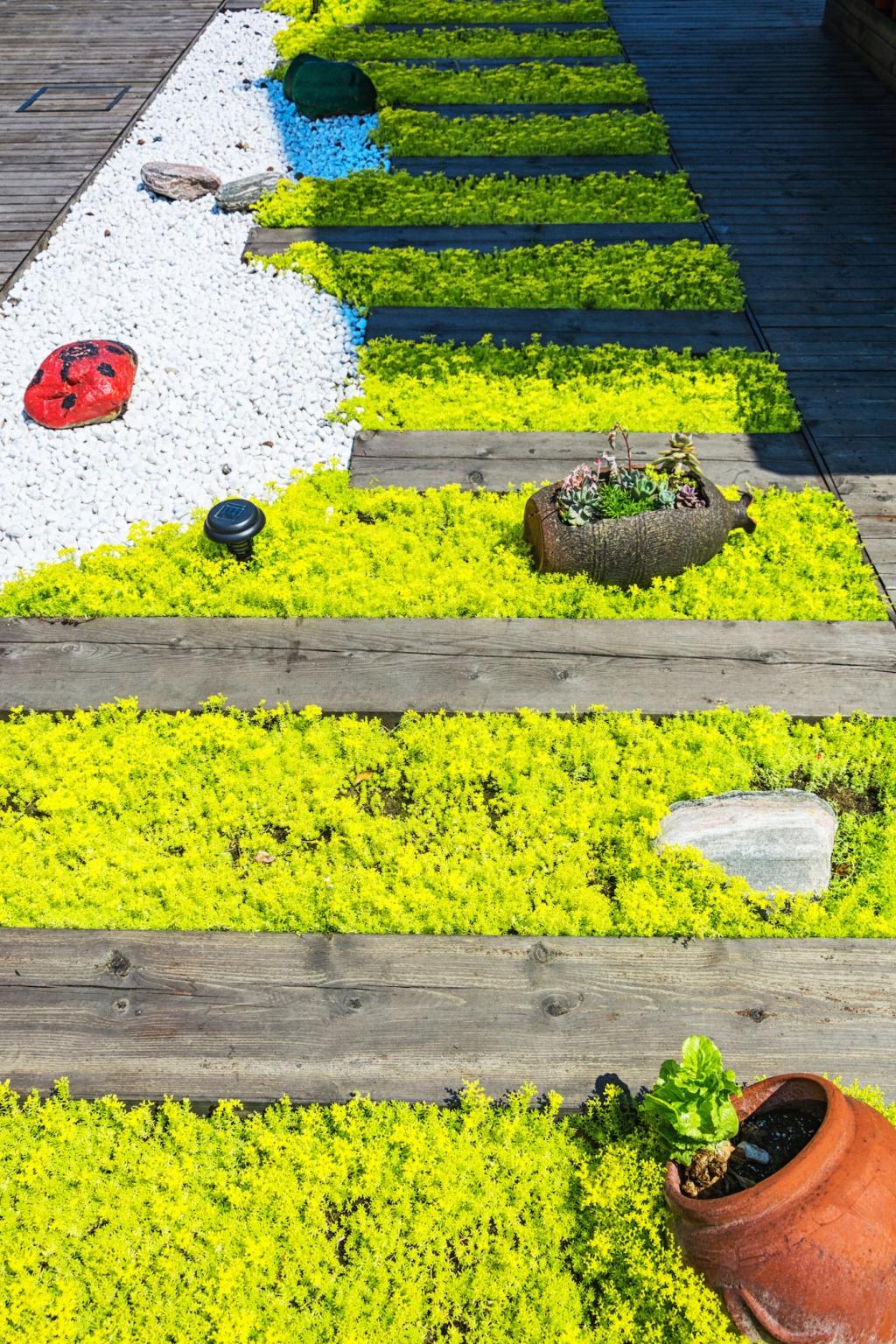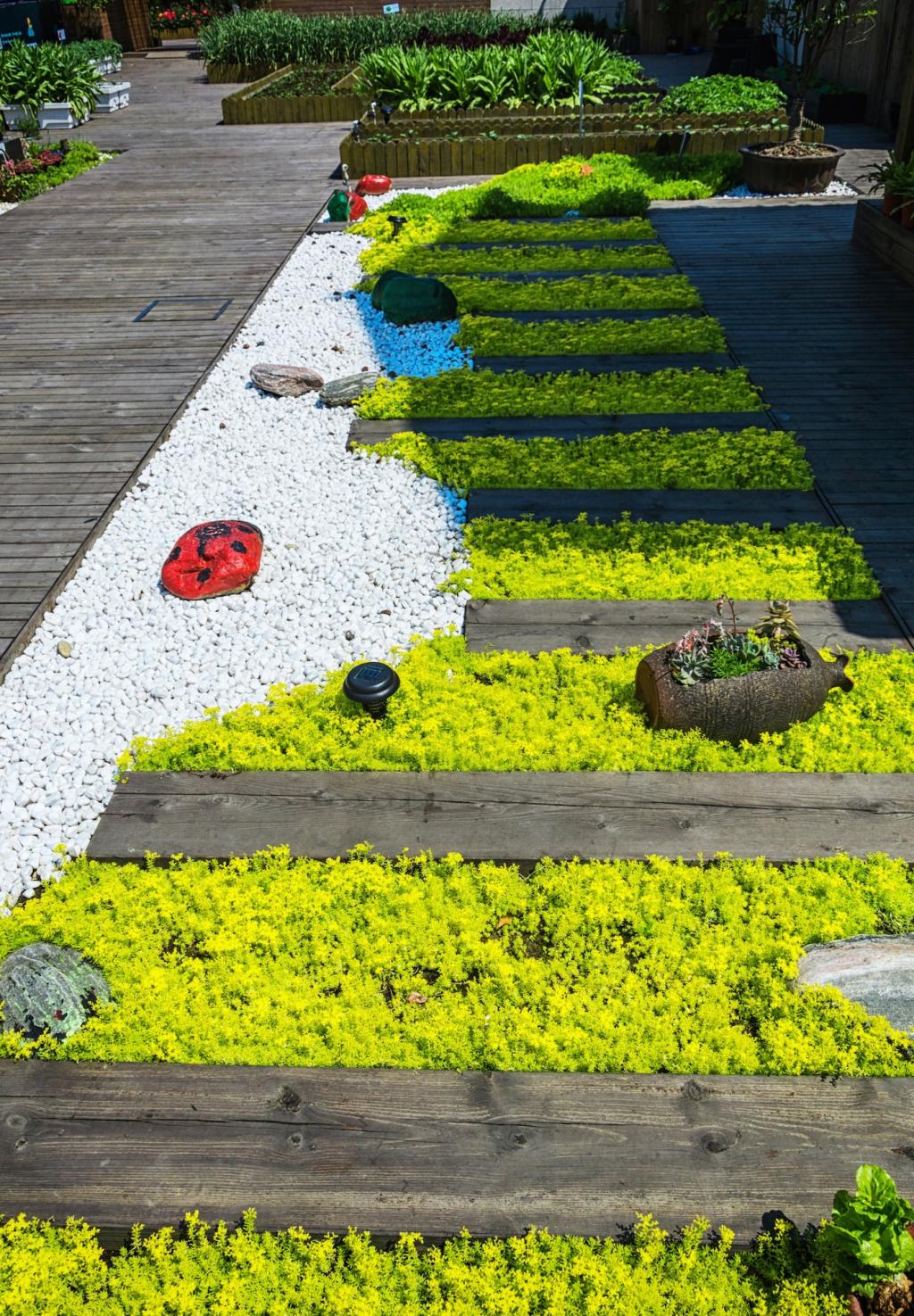Keeping It Clean: Filtration and Water Quality
Start at the top: clear gutters, add leaf screens, and consider a first-flush diverter to capture dusty roof runoff. These quick measures reduce sediment, algae risk, and clogging. Build a seasonal checklist, and subscribe for our printable maintenance guide.
Keeping It Clean: Filtration and Water Quality
An inline 100–200 micron filter protects drip emitters from fine particles. Keep tanks opaque or shaded to limit algae growth. If water smells off, drain, rinse, and let the tank dry before refilling. Share your filter brand and results with fellow readers.





